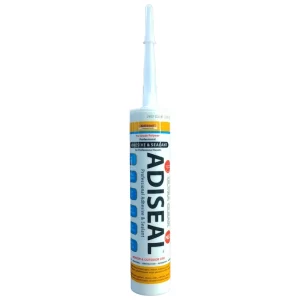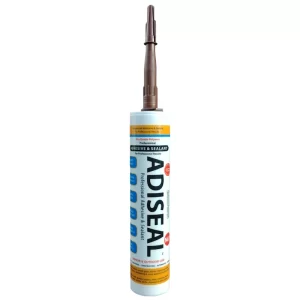Waterproof Seal
Waterproof Seal: Protecting Against Moisture Damage
A waterproof seal is a vital component in preventing moisture damage and maintaining the integrity of various structures and surfaces. In this article, we will explore the importance of a waterproof seal, its applications, and the benefits it provides in safeguarding against water infiltration and related issues. Discover how it can be a game-changer in protecting your belongings and ensuring their longevity.

The Significance of a Waterproof Seal
1. Defining a Waterproof Seal:
– A waterproof seal refers to a barrier or protective layer that prevents water from penetrating or leaking through surfaces or joints.
– It is commonly used in construction, plumbing, automotive, and other industries to safeguard against water damage.
2. Applications and Uses:
– They are utilized in a wide range of applications, including roofs, windows, doors, showers, and basements.
– They are also essential in protecting electronic devices, outdoor equipment, and even personal belongings.
Benefits and Features
1. Water Resistance:
– It provides exceptional resistance to water, preventing its entry and potential damage.
– It creates a reliable barrier, keeping surfaces and structures dry and safe.
2. Prevention of Moisture Damage:
– By forming an effective barrier against water infiltration, a waterproof seal helps prevent various issues such as rot, mold, mildew, and corrosion.
– It safeguards the structural integrity of buildings, extends the lifespan of materials, and reduces the need for costly repairs.
3. Versatility:
– They are available in different forms, including tapes, sealants, coatings, and membranes.
– They can be applied to a variety of materials, including wood, concrete, metal, and plastic.
4. Easy Application:
– Many products are designed for user-friendly application, making them accessible to both professionals and DIY enthusiasts.
– They can be applied using brushes, rollers, sprayers, or by simply peeling and sticking, depending on the type of seal.
Best Practices for Achieving a Waterproof Seal
1. Surface Preparation:
– Thoroughly clean and dry the surface before applying the waterproof seal.
– Remove any dirt, debris, or old sealant to ensure proper adhesion.
2. Correct Product Selection:
– Choose a waterproof seal that is appropriate for the specific application and surface material.
– Consider factors such as temperature resistance, flexibility, and durability.
3. Proper Application:
– Follow the manufacturer’s instructions for applying the waterproof seal, including recommended thickness and curing time.
– Use suitable tools and techniques to achieve an even and consistent application.
4. Regular Maintenance:
– Inspect the seal periodically and address any signs of wear, cracks, or damage promptly.
– Perform routine maintenance to ensure the longevity and effectiveness of the seal.
Conclusion
A waterproof seal is an invaluable asset in protecting against moisture damage and preserving the integrity of structures, surfaces, and belongings. Its water-resistant properties, versatility, and ease of application make it an essential solution for various industries and applications. By adhering to best practices and selecting the appropriate product, you can achieve a reliable and long-lasting water resistant seal. Embrace the power of a water resistant seal and enjoy the peace of mind that comes with safeguarding against water infiltration and its detrimental effects.
Showing all 5 results




